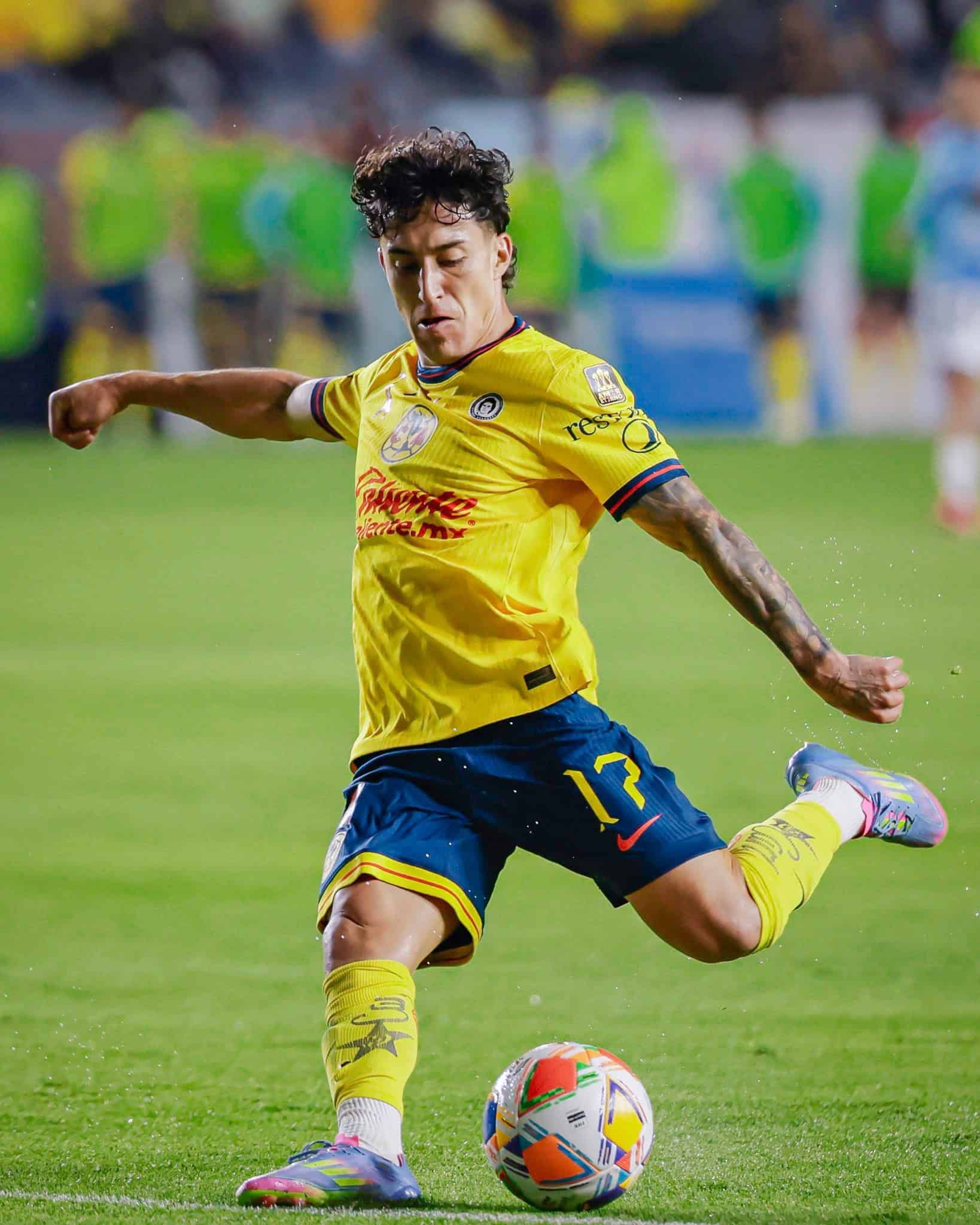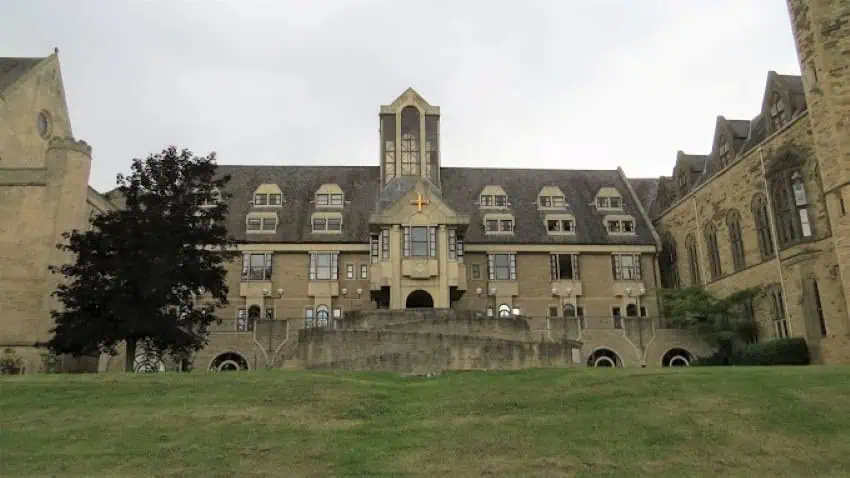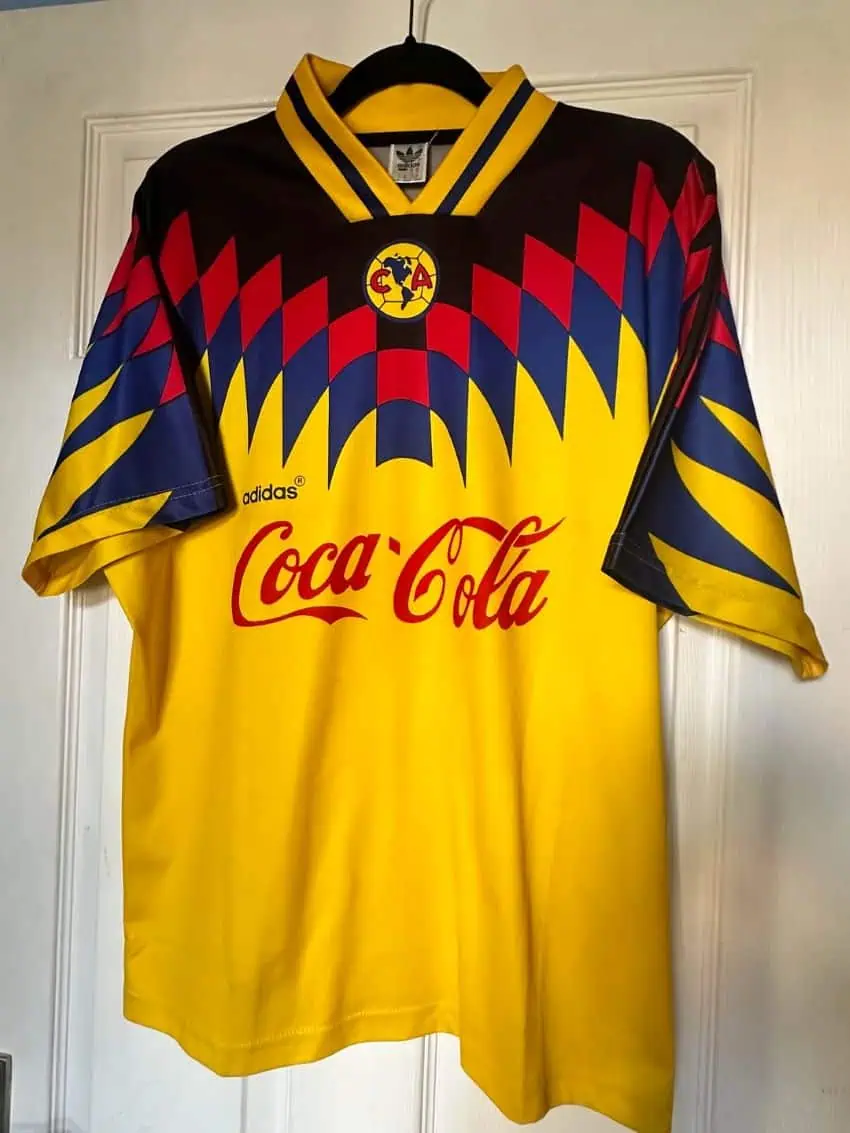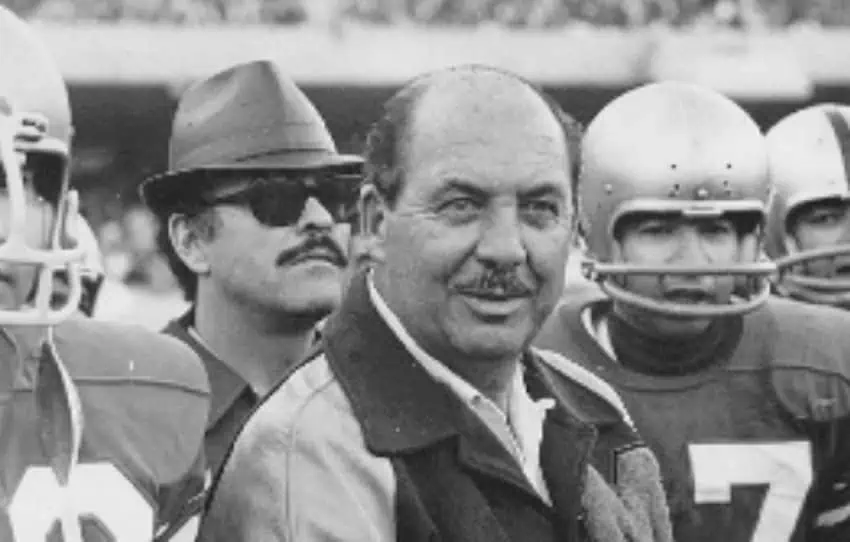Football, i.e., soccer, can be a fickle game. Here in Mexico, a player has done well if he lasts three seasons with a club. Sometimes, it seems that a manager should celebrate for managing three months with a gig.
One thing that is untouchable, however, is a team’s colors.

The design might change — indeed, it usually does every year to “encourage” fans to buy a new shirt — but the Club Deportivo Guadalajara soccer team will always play in red-and-white stripes, Club América in shirts that are basically yellow.
The stories behind the colors
The colors of the major soccer clubs have had many different inspirations. When Italy’s Juventus was first formed, the team was so poor that a visiting English team, Notts County, donated its old kit. Notts County now play in League Two of English football, but Juventus still wears the same black-and-white shirt design as it chases its 37th Italian title.
Leeds United wears all white because its manager, Don Revie, wanted to inspire team members by wearing the same kit as mighty Real Madrid. Bristol Rovers opted to don blue-and-white quarters as their manager believed it would make the players look larger and more intimidating.
Mexican clubs have similar stories, and one of the most colorful concerns the Atlas football club of Guadalajara.

Back in 1916, or so the story goes, the founding players were in a bar in Guadalajara, where they decided to form a football team. Several of the young men had studied at Ampleforth College in North Yorkshire, and they chose the burgundy and black Ampleforth colors to honour the institution that had taught them the game.
Ampleforth itself had adopted its red and black colors to link with St. Lawrence — the black representing his blood, and the red his martyrdom.
The history of Club América’s name
That same year, 500 kilometers away in Mexico City, the players of Colegio Mascarones and Colegio Marista de la Perpetua were arguing over the details of a possible amalgamation of their two clubs. The name “América” was accepted as a neutral enough one — and also appropriate as the young men were meeting on Columbus Day. This led to the famous América badge, with its map of the Americas and a ‘C’ for ‘Club’ and an ‘A’ for ‘América’.
There was less agreement, however, on the new team’s colors, which were decided by accident.
As they couldn’t afford to buy proper kit, Rafael Garza Gutiérrez, both a player and the team manager, borrowed a pair of his father’s navy-blue trousers and cut them into shorts. He wore them with an ordinary yellow shirt. Yellow and blue have been the América colors ever since.
The 1980s saw Mexican football start to become a big business, and marketing became ever more important. América led the way with its iconic 1982 V-shaped designed shirts. It was both eye-catching and symbolic, the chevron V being said to stand for Vittoria. Respected UK soccer magazine FourFourTwo described those kits as “the most hipster in football history.
Years later, the same magazine named América’s 1994–1996 design — in which the straight-lined chevron was updated by a zigzag of diamonds — as the 14th best football shirt ever designed.
“This was a jersey that could have gone badly awry,” the magazine said. “But for us, the primary-colors ambition on display make it more brilliant than bonkers.”
Not all stories behind club colors are so clear. Guadalajara started playing in all white, and we know there was a European influence on the team’s adopting its famous red, white and blue kit. One story suggests this was copied from the founder’s favorite team, Belgium’s Club Brugge. Others claim the red, white and blue colors come from the French Tricolor. The argument for this is that a core of the team, including several French players, worked at the Fábricas de Francia.

Whatever story you believe, it is interesting that the club that has become the most Mexican of them all retains its old European-inspired colors.
The UNAM team has one of the most iconic shirts in Mexico — some combination of blue and gold with a varying amount of white, but always dominated by a giant puma head.
The blue and gold on their uniforms are said to be a tribute to the University of Notre Dame, whose football coaches were helping to develop an American-style football team at the university at the time.
The Puma nickname was first used to inspire the team by coach Roberto ‘Tapatío’ Méndez and became the nickname of the numerous sports teams that represented the university. The puma head — a design unique in the world of soccer — found its way onto the shirts around 1975.
The Mexican national team has occasionally tried to move away from the green shirts, white shorts and red socks they are famous for. Most recently, it played the 2024 Copa América in a highly praised uniform shirt that one media outlet described as having a “maroon base with gray logos and a unique peacock-inspired pattern, referencing Mexican/Mayan mythology.”
This change seems to have been undertaken for no other reason than fashion, and previous attempts to move away from the standard green have never gained any lasting traction.

However, when Mexico played in the first World Cup tournament in 1930, the team was dressed in burgundy shirts with dark shorts. Why players used these colors is unknown. The explanation that they were based on Spanish colors hardly seems likely, given the history between the two countries. The reason is probably no more complex than somebody had a set of burgundy shirts to donate to the team.
Mexico retained burgundy shirts until the 1956 Pan-American Games, when it took the political decision to adopt the nation’s flag colors. Burgundy remained a second-choice color, but was often preferred by the players. It was in burgundy that Mexican football had its first World Cup win in 1962.
Four years later, the official team shirt color was green, but the Mexican team opened against France in the old burgundy and black shorts design. This may have been because the blue uniform color of the French was considered too similar to the Mexican green, particularly under floodlights.
But why Mexico retained these shirts for their next game against England is uncertain. It is possible that the Mexican green and the English white shirts were hard to distinguish on black-and-white television sets. It is just as likely that the tight-fitting, long-sleeved burgundy shirts simply felt better.
What stands out is how well many of the Mexican shirts have been designed since then. The 2022 cream second-choice uniform used during the World Cup in Qatar has become a favorite with shirt collectors, while the ESPN website listed Mexico’s 2024 Copa América shirt as the best design of the tournament.
Finally, we cannot leave the story of Mexican football kits without remembering Jorge Campos.
From 1988 to 1995, Campos kept goal for UNAM, for whom he made over 200 appearances. He then moved around various clubs in Mexico and the U.S. for a career total of 445 club games.
Campos designed his own bright kits — said to be inspired by his Acapulco childhood — to make himself look bigger. I am not a fashion writer and limit myself to saying, “Well, they were certainly bright and colorful!”
They also seem to have worked, as Jorge Campos played for Mexico 129 times.
Bob Pateman is a Mexico-based historian, librarian and a life term hasher. He is editor of On On Magazine, the international history magazine of hashing.
